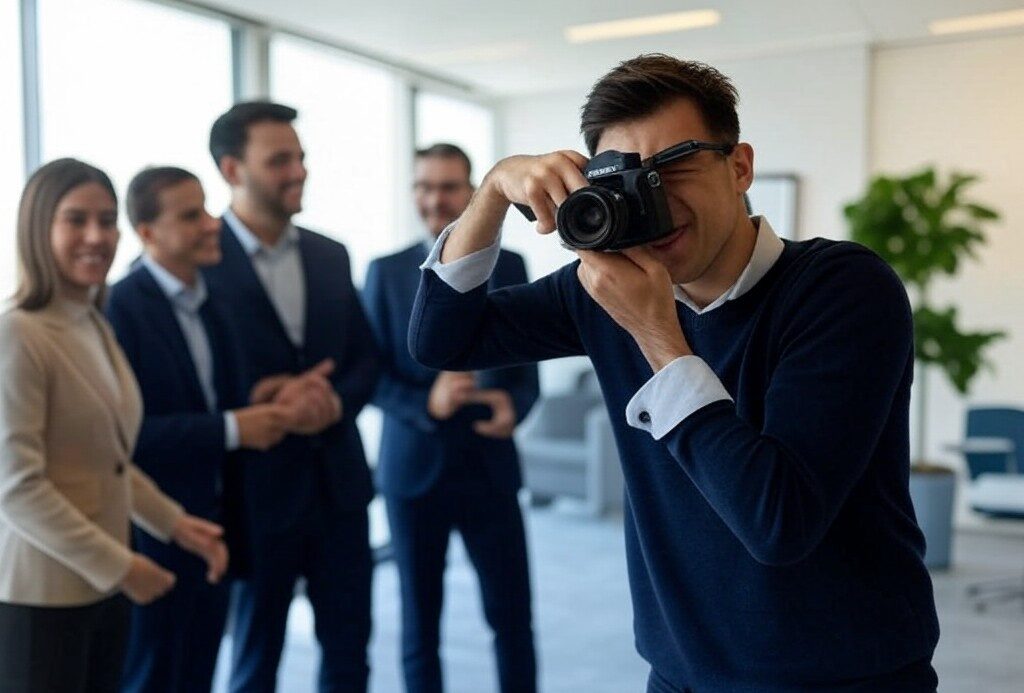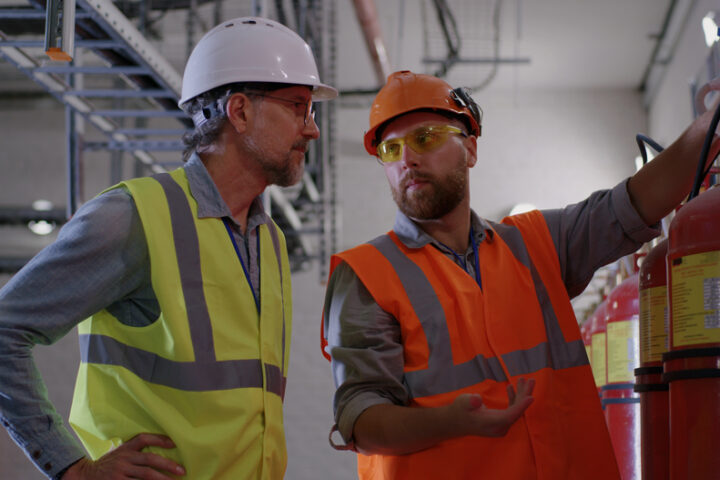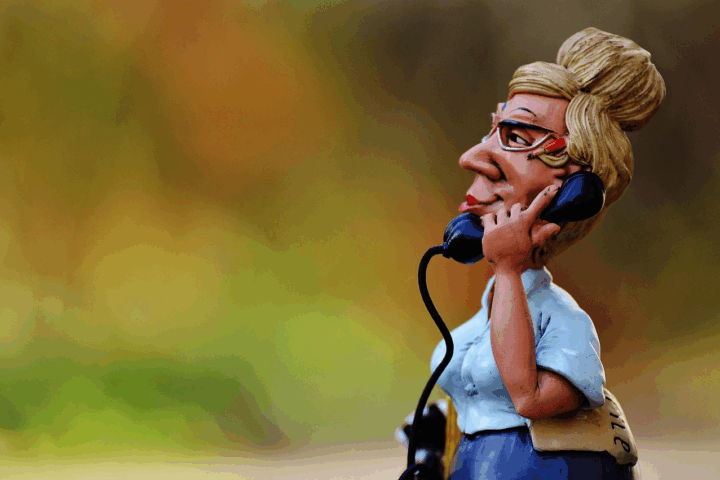Understanding how to control camera settings is crucial for any photographer, particularly in corporate photography, where professionalism and image quality are essential. Among these settings, ISO directly affects how much light the camera sensor captures, influencing exposure and clarity. By mastering ISO adjustments, photographers can improve image quality significantly, ensuring corporate visuals effectively convey professionalism and the intended message.
The Role of ISO in Photography
ISO, short for International Standards Organization, determines your camera sensor’s sensitivity to light. A higher ISO setting enables capturing images in low-light conditions, while a lower ISO works better in well-lit scenarios. However, adjusting ISO is not simply about selecting a higher or lower number; it requires understanding its impact on image quality. High ISO settings can cause noise, reducing the sharpness and professionalism of photographs.
Balancing ISO with settings like shutter speed and aperture is essential for achieving proper exposure. This balance involves knowing how these factors interact. For example, increasing ISO enables faster shutter speeds, which is useful for capturing fast-moving subjects, such as at corporate events or presentations. Conversely, using a low ISO in bright conditions helps retain image quality by minimising noise.
For those looking to explore the nuances of ISO and its effects on exposure, a comprehensive resource is available for achieving proper exposure with ISO adjustments. This source provides valuable insights into how ISO interacts with other settings, equipping photographers with the tips necessary for enhancing their skills.
Understanding Light Sensitivity
Light sensitivity is an essential concept in photography, closely tied to ISO adjustments. It affects how well your camera sensor captures light, directly influencing image exposure. In low-light conditions, raising the ISO increases the sensor’s sensitivity, producing brighter images without needing longer exposure times. However, excessive sensitivity can result in grainy photos that reduce sharpness.
Evaluating lighting conditions is crucial before adjusting ISO. For instance, in corporate environments like presentations or speeches under artificial lighting, achieving the right balance is vital. While higher ISO settings may initially appear helpful, they often introduce noise that diminishes image quality. Experimenting with ISO, shutter speed, and aperture based on the environment can significantly enhance your photographs.
Techniques for Managing ISO in Corporate Photography
Effectively managing ISO requires practice and a solid grasp of your camera settings. One common approach is adjusting ISO based on the lighting environment. For example, indoor events with dim lighting often require higher ISO settings, while bright outdoor conditions allow for lower ISO, preserving image quality.
Many modern cameras offer automatic ISO settings, which adjust sensitivity to suit changing light. While convenient, manual ISO adjustments provide greater control over exposure and image quality, making them invaluable for professional photography.
Incorporating these techniques into your workflow can enhance your skills and ensure polished, visually appealing corporate images. Regular practice with ISO adjustments will directly improve the quality of your photographs, helping them stand out professionally.
The Intersection of ISO, Shutter Speed, and Aperture
To effectively use ISO in corporate photography, it’s important to understand its relationship with shutter speed and aperture. Shutter speed controls how long the camera sensor is exposed to light, while aperture determines how much light enters through the lens. Together with ISO, these elements form the exposure triangle, a core concept every photographer should grasp.
When adjusting ISO, consider its interplay with shutter speed and aperture. For example, in a dimly lit conference room where you’re capturing a speaker, increasing ISO can allow for a faster shutter speed, reducing motion blur. Alternatively, widening the aperture to let in more light can enable a lower ISO, preserving image clarity and minimising noise.
These settings function as a cohesive system. Adjusting one often requires compensating with changes to the others to maintain proper exposure. Developing this skill enhances technical proficiency and builds confidence in capturing corporate photographs that reflect professionalism.
Choosing the Right ISO for Different Scenarios
Different photography situations require specific ISO settings, which can greatly influence image quality. For outdoor events in bright sunlight, a low ISO setting (100 or 200) is ideal for producing clear, sharp images without introducing noise.
In contrast, dimly lit environments, such as indoor networking events or dinners, may require a higher ISO (800 or above) to capture details effectively. The key is understanding when to adjust ISO and combining it with shutter speed and aperture for optimal exposure.
Experimenting with ISO in various lighting conditions helps refine your skills and identify what works best for each scenario. Keeping notes on successful settings in different situations can help you develop a consistent style that balances creativity with technical precision.
Post-processing and ISO Adjustment
Post-processing is an essential part of corporate photography, offering the opportunity to refine images captured at different ISO settings. Despite careful adjustments during shooting, high ISO images may still show noise or reduced clarity. Modern editing software includes advanced noise reduction tools to address these challenges effectively.
When editing, consider the image’s purpose and intended message. For example, corporate headshots demand greater clarity and precision than candid event photos. Strategically applying noise reduction and sharpening techniques can enhance image quality while preserving a professional look.
Beyond noise reduction, adjusting exposure and contrast can correct errors made during shooting. This step is vital for improving the technical quality of your photos and for boosting their emotional appeal, making them more impactful and engaging for the audience.







